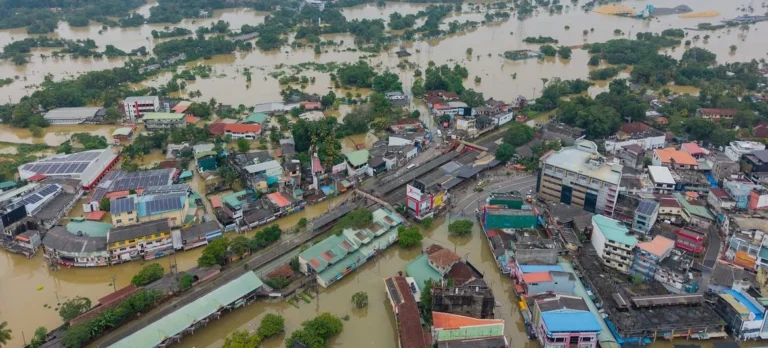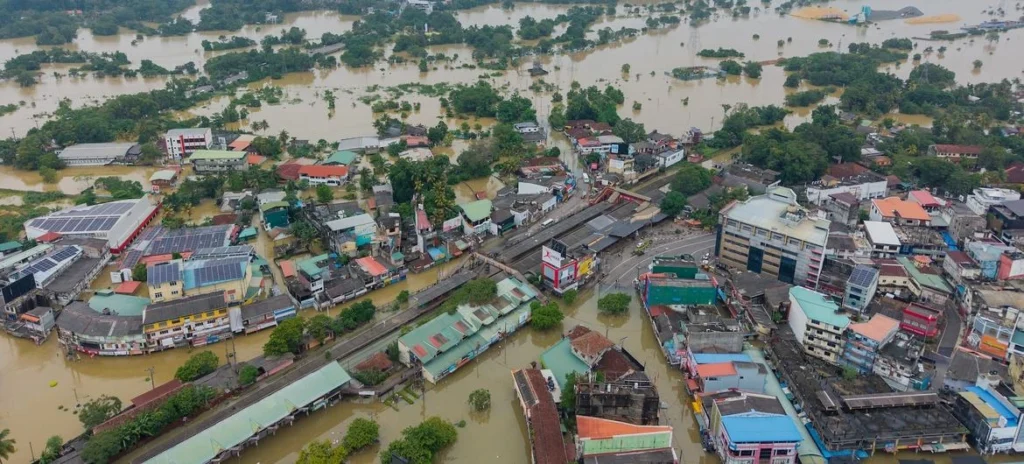Introduction
Sri Lanka is a nation rich in culture, history, and potential—but burdened by outdated bureaucratic systems. From filing land deeds to accessing public records, the inefficiency and red tape of many government departments are widely acknowledged. Long queues, lost documents, and manual processing have created a disconnect between citizens and public services.(Modernizing Sri Lanka) However, there is a transformative solution: digitisation. As the world advances rapidly through digital innovation, it’s time for Sri Lanka to embrace a tech-forward approach in governance. This shift is not just about convenience—it’s about transparency, accountability, and progress.
In this article, we explore how digitisation can rejuvenate Sri Lanka’s public sector, improve service delivery, and align governance with the needs of a 21st-century society.
1. The Current State of Government Services in Sri Lanka
Across ministries and public institutions, Sri Lanka’s government infrastructure remains largely analogue. Many departments rely on paper-based processes and outdated systems that are inefficient and prone to corruption or error. Whether it’s the Department of Motor Traffic, the Land Registry, or Divisional Secretariats, delays and bottlenecks are common.
This inefficiency affects:
- Citizens: Forced to take time off work to stand in lines, repeat applications, or travel long distances.
- Businesses: Facing delays in permits, licenses, and registrations that hinder economic activity.
- Government employees: Overburdened with manual processes, leading to stress and reduced productivity.
2. What Is Digitisation in Governance?
Digitisation refers to the process of converting information and processes from manual or analogue formats to digital ones. In the context of governance, it includes:
- E-Government portals for public services
- Online databases and digital records
- Digital identification and verification (like NIC-linked systems)
- AI-powered analytics to predict trends and improve policy decisions
- Blockchain for secure record-keeping (e.g. land and property)
3. Key Benefits of Digitisation for Sri Lanka
a) Improved Efficiency & Access
With digital systems in place, services such as renewing a passport, paying taxes, or applying for licenses can be done from home or via mobile. This saves time, money, and resources for both citizens and administrators.
b) Transparency and Anti-Corruption
Digital records create an audit trail. Systems such as blockchain can make tampering with public records nearly impossible. Digitisation reduces face-to-face interaction in service delivery, cutting opportunities for bribery and favoritism.
c) Data-Driven Decision Making
When public data is digitised and integrated, it becomes easier for policymakers to identify trends, needs, and inefficiencies. For instance, health data analytics can guide vaccine deployment, or traffic data can shape infrastructure planning.
d) Better Disaster Response and Continuity
Paper-based systems are vulnerable to floods, fire, or conflict. Digital databases stored on secure cloud systems ensure that critical records—birth certificates, property titles, pensions—remain intact and accessible.
4. Success Stories from the Region
Sri Lanka doesn’t need to reinvent the wheel. Several countries in Asia offer models to follow:sri
- Estonia: A global leader in e-governance, Estonia provides 99% of its public services online, including voting. Citizens can access services through a secure digital ID.
- India: Through the Digital India initiative, services such as Aadhaar (biometric ID), DigiLocker, and online tax filing have transformed how citizens interact with the state.
- Singapore: With integrated digital governance, businesses can be registered in minutes, and all services are built with the citizen in mind.
Sri Lanka can study these examples and tailor a roadmap suited to our specific needs.
5. Current Digital Steps in Sri Lanka—and What’s Missing

There have been positive strides:
- The launch of Lanka Government Network (LGN) to connect government offices
- The development of eServices via the gov.lk portal
- Electronic ID initiatives and digital payment integrations
However, challenges remain:
- Poor user experience and outdated interfaces on most government websites
- Lack of integration across departments
- Limited public awareness and digital literacy
- Weak cybersecurity infrastructure
6. What Needs to Change: A Roadmap Forward
To truly digitise, Sri Lanka must think beyond apps and websites. The transformation requires strategic investment, capacity building, and legislative reform.
a) Policy-Level Commitment
A national digital transformation strategy must be backed by a high-level task force or ministry. Every department needs to be brought under a unified vision.
b) Citizen-Centric Design
Public digital services must be intuitive, mobile-friendly, and available in Sinhala, Tamil, and English. Accessibility for rural users and the elderly must be a priority.
c) Capacity Building
Training government employees to operate and maintain digital systems is crucial. Likewise, digital literacy campaigns for citizens will ensure uptake.
d) Cybersecurity and Data Privacy
With digital transformation comes the need for robust protection of personal data. Sri Lanka must pass comprehensive data protection laws and invest in cybersecurity infrastructure.
e) Public-Private Partnerships (PPPs)
Tech firms and startups can support government digitisation through innovation and faster execution. PPPs ensure scalability and introduce global expertise.
7. Economic and Social Impact
Digitising government services has a direct link to economic growth. It streamlines doing business, increases FDI attractiveness, and reduces operational costs. From an employment perspective, it opens up a demand for IT professionals and tech-related roles across the country. Socially, it empowers citizens, especially women, youth, and those with disabilities, to access state services on equal footing.
8. Conclusion: The Time for Change is Now
Digitisation is no longer a luxury—it’s a necessity. For Sri Lanka to compete in the global economy, serve its citizens effectively, and rebuild public trust in governance, it must modernize its institutions.
While the road may be complex, the payoff is immense: a leaner, cleaner, and smarter government that works for everyone.
Let’s push for a digital Sri Lanka—not just for convenience, but for transformation.











